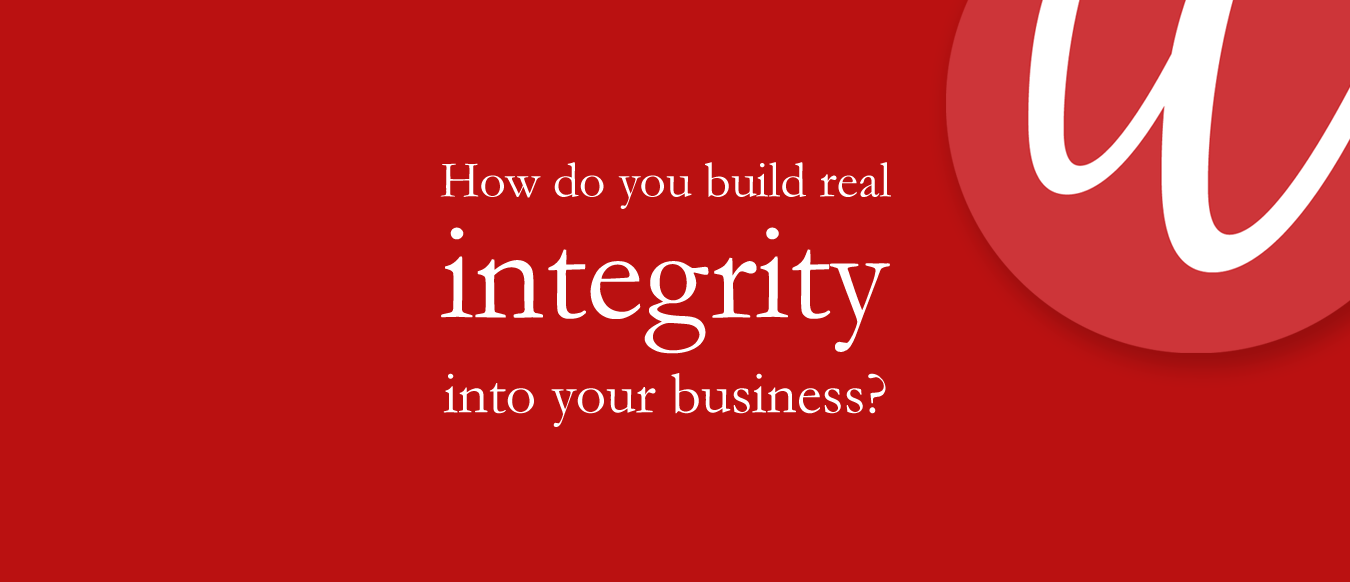Getting to grips with branding
Your brand is the set of stories, messages and experiences that your organisation’s stakeholders (staff, investors, partners, suppliers and customers) have of your brand. It is very much about perception, but is also about aspiration and must reflect reality otherwise it will not be capable of living up to its own reputation.
Sometimes the word ‘brand’ is used to describe a company’s logo, but that isn’t what we mean here. We usually call that the ‘corporate identity’. The logo is rarely the reason customers will choose to buy from you, but very often the logo is the device that will trigger buying behaviours once a brand has started to work for you.
So, a brand is the set of perceptions in the mind of an audience. In creating a narrative that reflects and supports the brand, we must represent who we are and what we are like as much as what we are. It is what we look like, our style and beliefs and attitudes, our whole way of working and living. A brand is just as real and alive as any organisation.
The brand narrative is your way of describing your brand and maintaining the environment in which to ‘keep it real’. To create some tangibility there must be a method to defining a brand and that comes from understanding what determines the brand’s personality. According to Eric Berne (psychiatrist and originator of Transactional Analysis), as people, we are all comprised of three separate voices which co-exist inside us: a parent, an adult and a child voice.
The parent voice determines the culture of an individual (norms, rules and frameworks). The passions of the people involved with a brand represent the child-like energies and drivers of the brand. And finally, the adult voice is analogous to the marketplace that gives the brand its context and defines its adaptive vision. For a brand to be popular, not only must it have an appealing character, but it must appear ‘genuine’, which requires real integrity and consistency of vision, values and passion.
Most brands are focussed on the ‘vision’ and ‘context’ components in just the same way as humans tend to be aware of their adult persona and out of touch with their child and parent roles. Consequently, passion and culture are very often missing from the brand narrative of many organisations.
In developing a brand, therefore, we must also examine and leverage the strengths of a company’s culture, whilst harnessing the passions of the brands’s stakeholders. That way the brand can live up to its full potential.
| Adult | Vision | Defining and updating | The future context of the brand | Objectives and mission |
| Child | Passion | Drive and energy | Present day team of people | Shared purpose (focus) to drive strategy |
| Parent | Values | Norms, rules and frameworks | Historical company culture | Control (of behaviour) |
Being able to describe these attributes forms the groundwork for engineering a set of values that support the brand narrative and the brand promise, in terms that make it inspirational and ‘real’. This will usually result in a form of ‘signature’, or tagline, that will sit comfortably alongside your logo and trigger emotional responses in those that read it.

